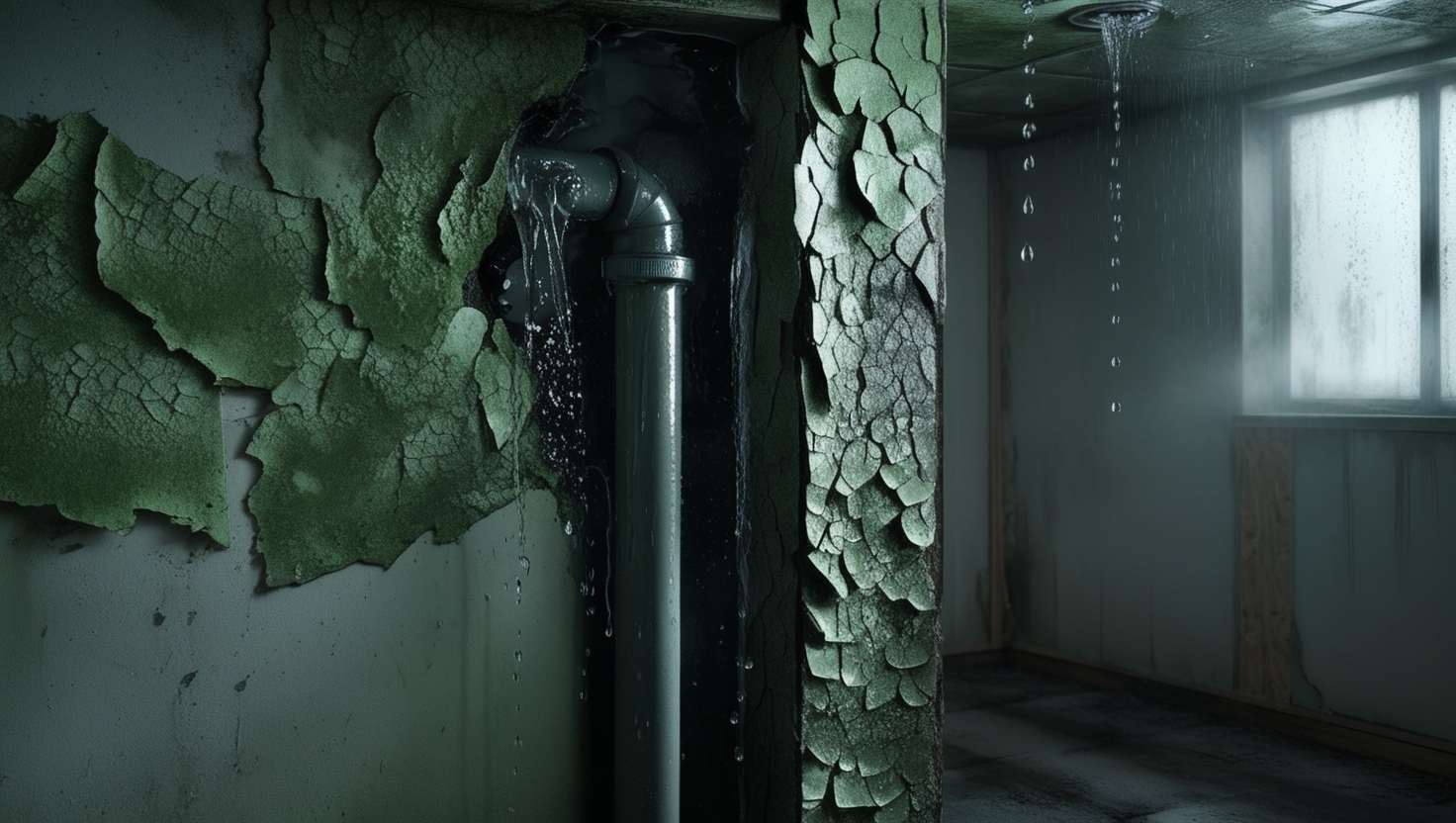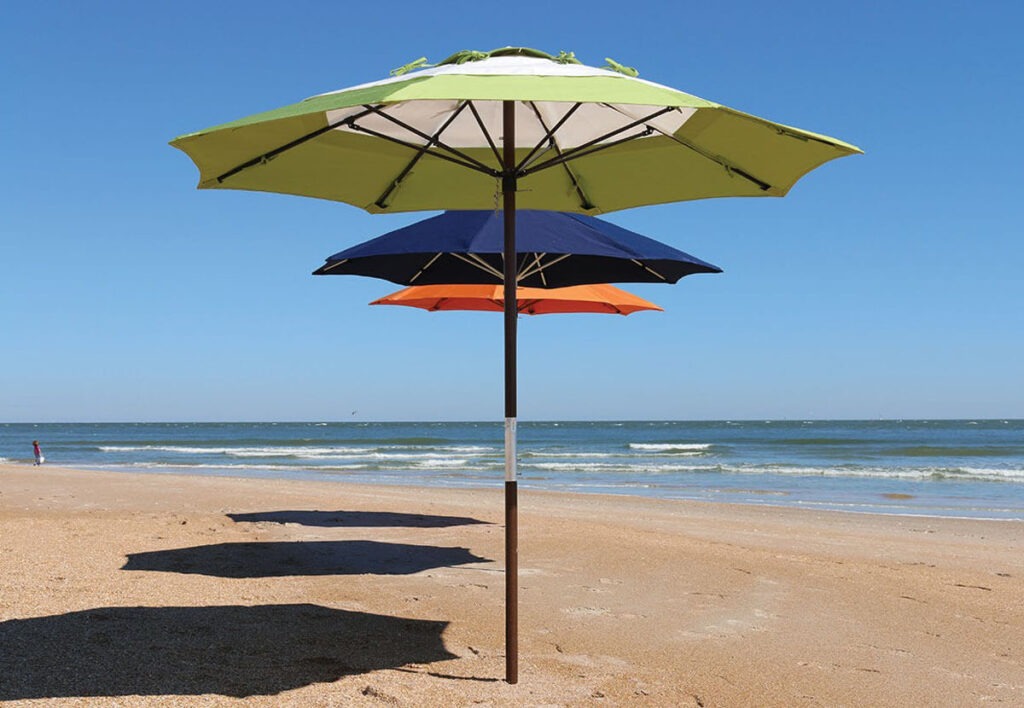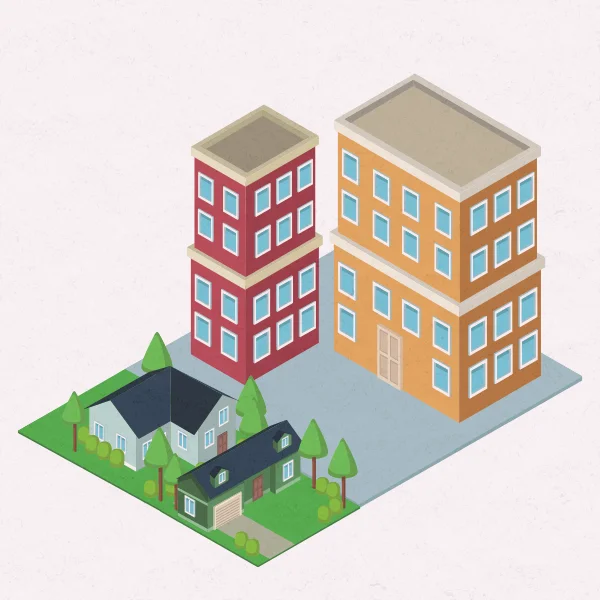What Causes Mold Growth Even When It’s Dry?

Strong 8k brings an ultra-HD IPTV experience to your living room and your pocket.
Ever walked into a room, noticed a strange musty smell, but found no visible water leak? You think the place is dry. It feels dry. But then someone tells you there's mold. Sounds impossible, right? You’re not alone. Many homeowners in Utah face this exact confusion. You think mold needs water.
So why is it growing when your floors and walls seem bone-dry? The truth is, mold is sneaky. And yes, it can still grow, even without standing water. That’s where the real headache begins.
Moisture Doesn’t Always Mean Wet Floors
Mold doesn’t care if you don’t see water. It just needs moisture in the air and an organic surface to feed on. Sometimes, that’s enough. Utah homes often trap humidity indoors, especially in basements and older bathrooms.
When moisture gets locked inside walls or under flooring, it may not feel wet to you, but it’s more than enough for mold to grow. Mold spores are always in the air, waiting for the right conditions. A bit of trapped humidity, some old wood or cardboard, and the process starts.
Why Your House Feels Safe But Isn’t
People assume if there’s no leak, there’s no mold. But that’s far from true. Drywall, attic insulation, and carpet padding are mold magnets. Add a small plumbing drip behind a wall, and it can fester for weeks unnoticed.
By the time you smell it or see stains, the damage is already spreading. That’s why people in mold-damaged Provo areas often feel blindsided. It looks clean, but behind the surfaces, the story is different.
Some molds don’t need flooding. They just need a window left cracked in a humid room. And with Utah’s climate swings, condensation alone can start the process.
Stop Mold from Catching You Off Guard
● Don’t wait to investigate strange smells
● Watch for paint bubbles or stains on ceilings
● Use dehumidifiers in basements and closed spaces
● Make sure exhaust fans work in kitchens and bathrooms
● Store cardboard and papers off the basement floors
● Fix small leaks immediately, even if it’s just a slow drip
● Schedule regular air quality tests if you’ve had past water damage
● Avoid DIY kits. Air sampling by trained professionals is the only reliable method
● For mold damage in Provo areas, call certified teams for safe inspection and removal
Understanding What Triggers It Behind the Walls
You might wonder why mold keeps returning even after cleaning. That’s because cleaning surface stains isn’t enough. Mold removal without air control, pressure containment, and HEPA filtration doesn’t fix the root problem.
That’s especially true in older Utah homes where ventilation is poor. Mold spores need to be captured, and affected areas sealed and treated. This includes replacing parts of walls or floors, not just spraying bleach and repainting.
Professionals trained in mold damage Provo handle it with a layered process that includes proper testing, removal, and follow-up.
Final Thoughts
Just because your home feels dry doesn’t mean it’s safe from mold. Small leaks, poor airflow, and hidden humidity can still create the perfect setup for growth. And when it happens, it can affect your health, your air, and your home’s structure. That’s why you need more than basic cleaning.
Mold damage problems in Provo often look simple but need expert attention to fix for good. So if you see signs or smell something off, don’t wait. Get it inspected, get it fixed, and stop the cycle before it starts again.
Note: IndiBlogHub features both user-submitted and editorial content. We do not verify third-party contributions. Read our Disclaimer and Privacy Policyfor details.







